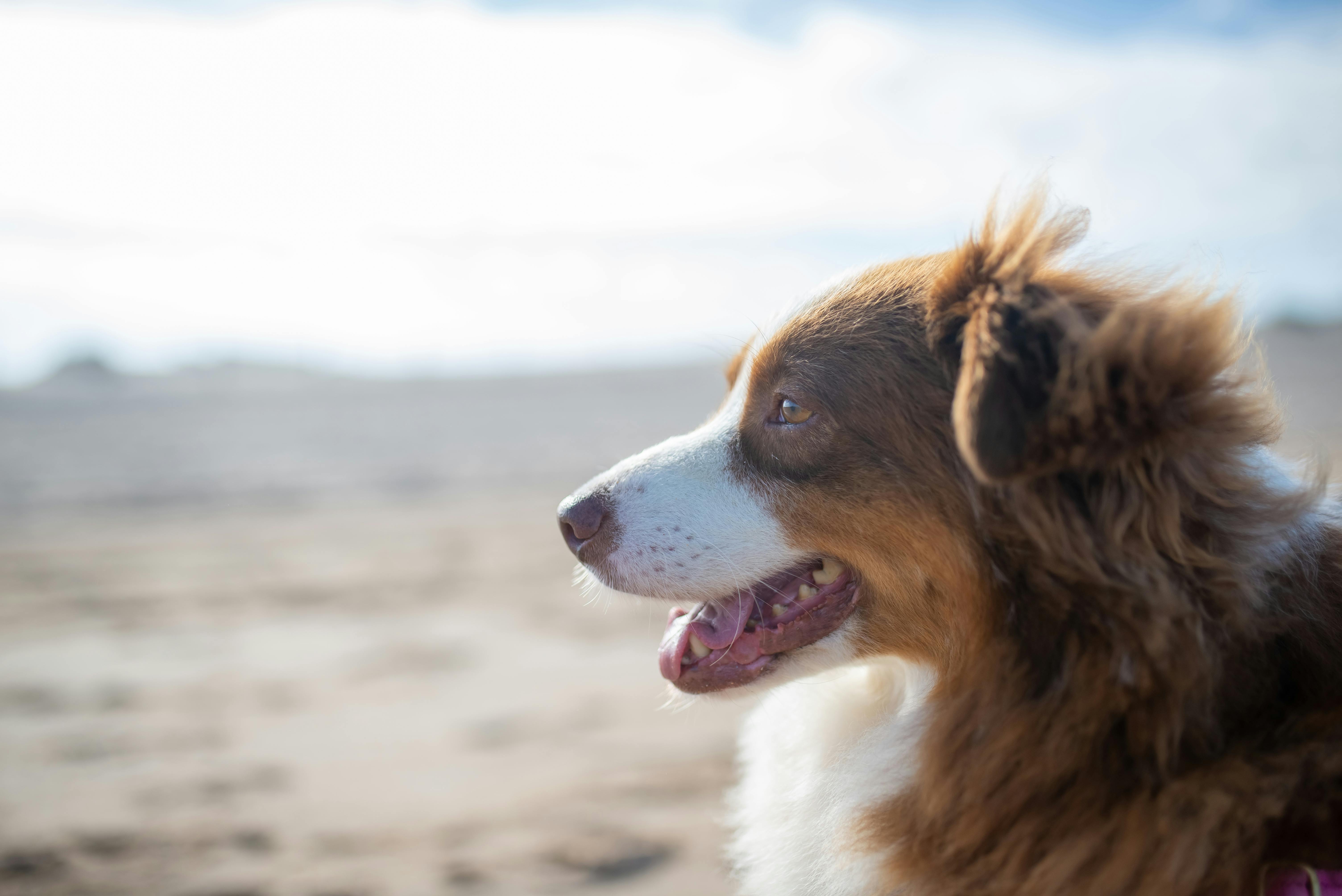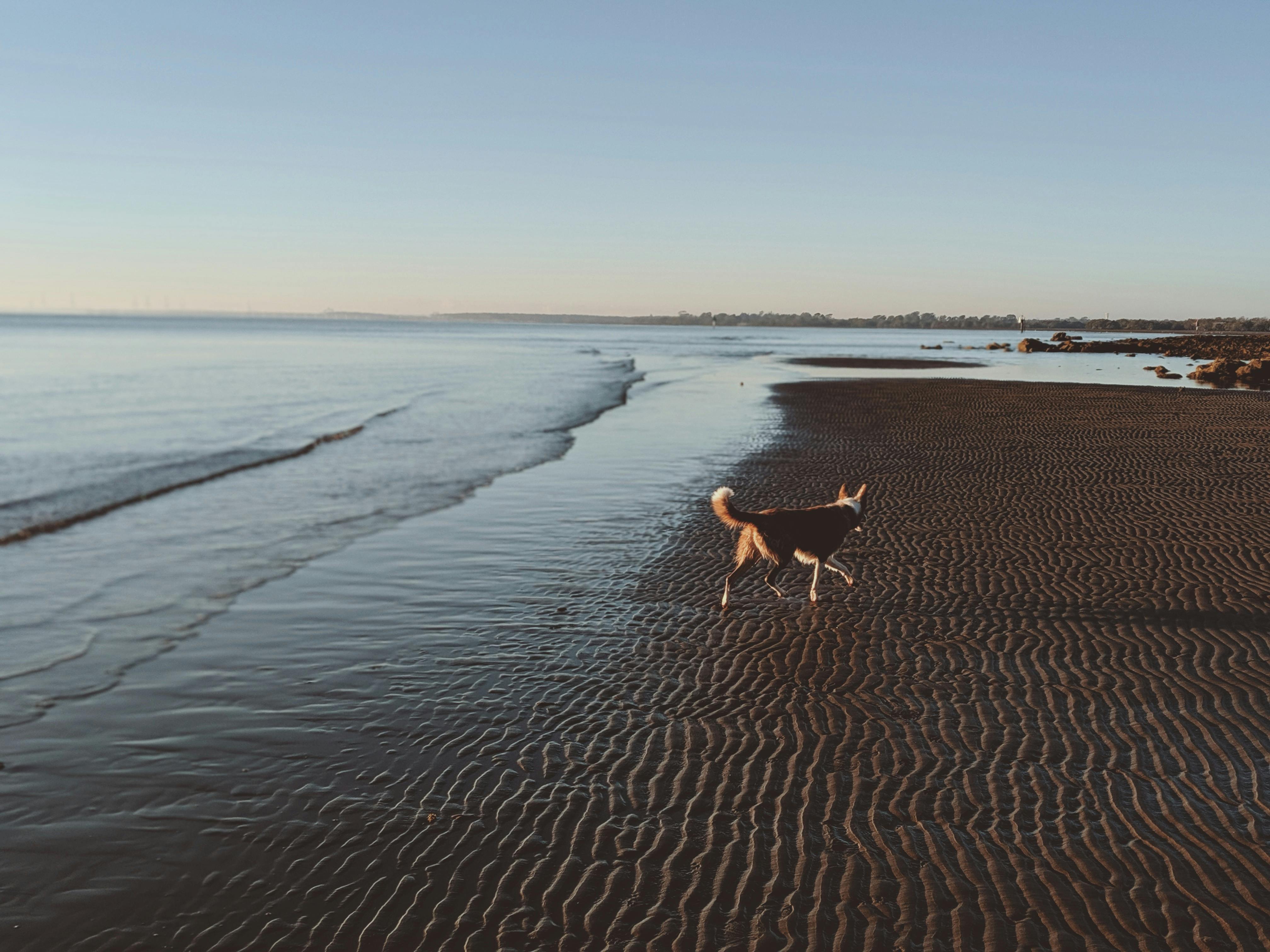Protecting Wildlife While Visiting Dog Beaches
Florida’s dog beaches are paradise — soft sand, open skies, and a place for pups to run free. But these same beautiful beaches are also home to nesting birds, sea turtles, and delicate dune plants. Responsible dog owners can help keep these ecosystems safe while still enjoying the sun and surf with their furry friends.
Why Protecting Beach Wildlife Matters
Florida’s coastlines support an incredible variety of wildlife — from shorebirds and crabs to dolphins and endangered sea turtles. Many species nest directly on the sand or in fragile dunes, which means a playful dog can accidentally disturb nests or chase wildlife without meaning any harm. Each visitor’s awareness makes a big difference in preserving the balance of these natural habitats.
1. Follow Leash Rules and Designated Zones
Even if your dog is friendly and well-trained, off-leash running in undesignated areas can frighten or harm wildlife. Always follow posted beach regulations and keep your pup leashed near dunes, marshes, or wildlife zones. Look for dog-friendly sections clearly marked by local authorities.
2. Respect Dune Vegetation
Dunes are critical for coastal protection and wildlife nesting. Avoid walking — or letting your dog run — through tall grasses or fenced-off dune areas. Stick to marked paths and keep paws and feet on the sand.
3. Keep a Safe Distance from Birds and Marine Life
Dogs are naturally curious, but chasing birds or exploring tide pools can harm animals or stress nesting parents. Encourage your pup to play closer to the shoreline, away from resting seabirds or sea turtle nests. Teach a reliable recall command to call your dog back quickly if needed.
4. Dispose of Waste Responsibly
Dog waste can introduce harmful bacteria and nutrients into coastal ecosystems. Always carry biodegradable poop bags and dispose of them in proper trash receptacles — never bury them in the sand. Leaving waste behind can contaminate the water and harm marine life.
5. Use Eco-Friendly Products
Choose biodegradable sunscreen, shampoos, and cleaning products for your dog. Chemicals from traditional sprays and soaps can run off into the ocean, affecting coral, fish, and seabirds. Eco-conscious choices protect both your pet and the planet.
6. Avoid Feeding Wildlife
It may seem kind to share snacks with seagulls or stray animals, but feeding wildlife disrupts natural foraging behavior and can lead to dependency. Keep human and dog food packed away, and avoid dropping crumbs near the waterline.
7. Visit During Wildlife-Friendly Hours
Some beaches restrict dog access during certain seasons or nesting times. Early morning or late afternoon visits are often less disruptive to wildlife — and more comfortable for your dog in Florida’s heat.
8. Join Local Beach Cleanups
Many Florida dog beaches host community cleanup events where pet owners help remove litter and learn about coastal protection. Participating not only keeps beaches beautiful but also sets a great example for others.
When you protect wildlife, you’re preserving the very environment that makes dog beaches special. By following these simple tips, every dog owner can help ensure Florida’s coastal habitats remain safe, clean, and welcoming for generations to come.


